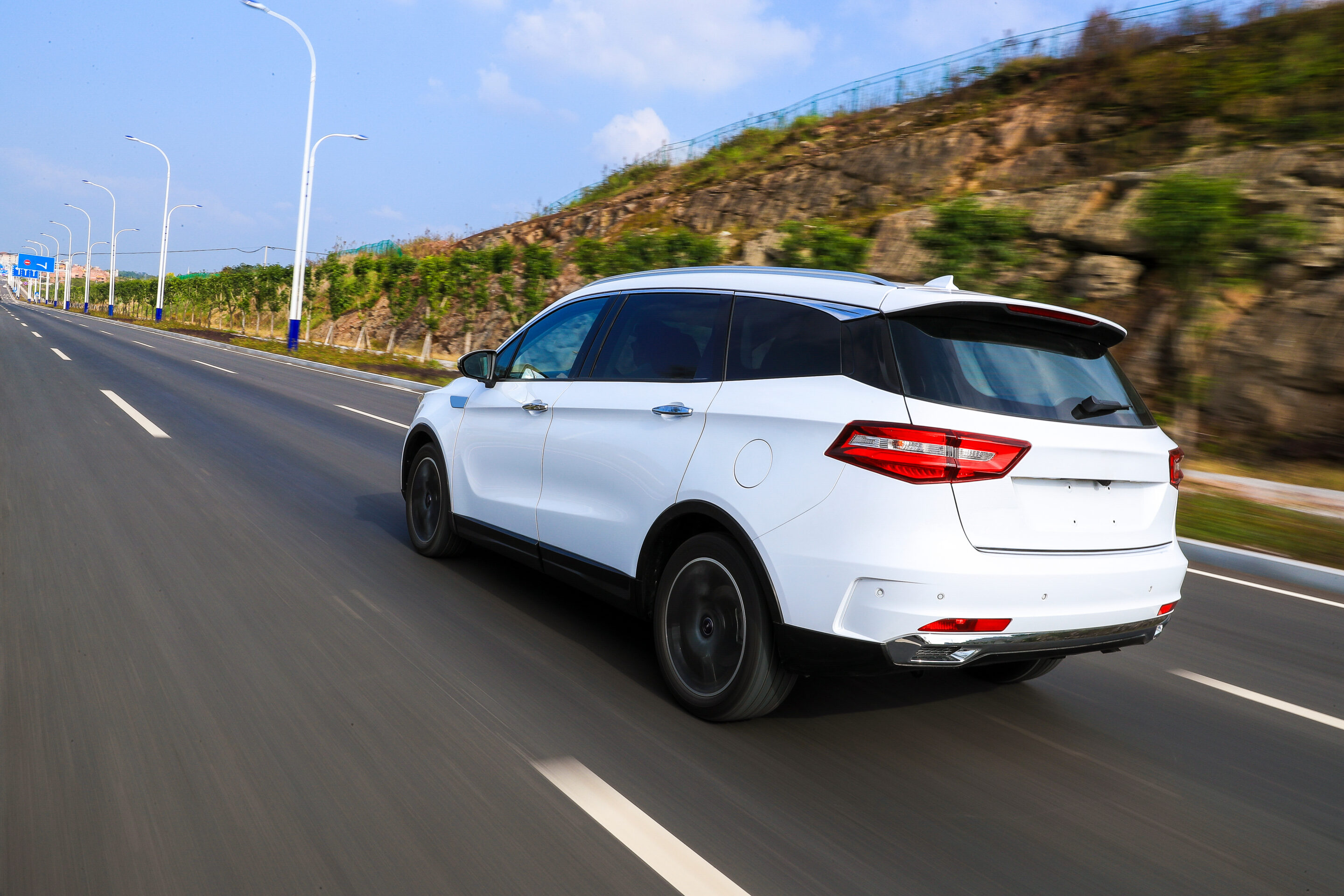This year’s NADA was a great success! Reflecting on the 2014 convention, I could not help but think how far our industry has come since 2009, the last time NADA was in New Orleans. Back then, Lehman Brothers had just failed and General Motors and Chrysler were on the brink of bankruptcy. My 2009 NADA workshop was titled, The Credit Crisis. By contrast, 2014’s workshop was titled, Buy/Sell Do’s and Don’ts in Today’s Market. The dealers in this year’s audience were in major deal mode. Optimism was everywhere!
I think Penny Pritzker, US Secretary of Commerce, perfectly summed up the industry’s accomplishments since 2009. She stated, “The automotive sector and its record over the past few years is resilience defined. Out of crisis, a phoenix has arisen. The auto industry’s ability to reinvent itself is one of the most remarkable stories I’ve seen in my 27 years in business.”
There is no doubt that dealership profits are part of the rising phoenix to which Ms. Pritzker referred. Average dealership pre-tax earnings have more than tripled since 2008 (see Chart I). Dealerships on average are earning over $900,000, 74% more than what they earned when our industry was selling 16.9 million new cars in 2005. In fact, the average dealer is at peak earnings. Now that is what I call reinvention!

Average Dealership Pre-Tax Profits
Source: NADA
It is not surprising that we have seen dealership earnings rise at such a strong pace. Most dealers slashed costs to survive the recession. Overhead was reduced to the bare bones, creating very lean, efficient businesses. When car sales came roaring back, more dollars dropped to the bottom line. For instance, average dealership revenue grew at 17% in 2010, while earnings grew at a remarkable 60% in the same year (three times more than revenue!).
Of course, this kind of rapid growth was bound to slow at some point. As great as this earnings phoenix has been, if you look closely at the slope of the earnings growth curve, you can see that the rate of growth is starting to decline. The earnings phoenix is starting to coast. In fact, Chart II shows that dealership earnings have gone from a 60% growth rate in 2010 to just a 7% growth rate in 2013. Many dealers recently shared with me that their earnings were flat in 2013. Interestingly, earnings growth was slower than sales growth in 2013, the reverse of what we experienced coming out of the recession.

Average Dealership Pre-Tax Profit Growth Year over year
Source: NADA and Presidio Analysis
The decline in earnings growth is actually not that surprising when you look at the growth in new car sales. As you can see on Chart III, the growth in car sales also started to slow in 2013 and is expected to normalize in the 2% range within the next few years. As the industry grows at a slower pace and our rebound matures, competition for car sales will continue to heat up. To achieve higher sales goals, manufacturers and dealers will need to take share from one another.

Total Annual New Car Sales Versus Annual Growth in New Car Sales (Actual and Projected)
Source: Automotive News, R.L. Polk & Co., IHS Global, J.D. Power, JP Morgan
This kind of competition will negatively impact pricing and gross profits. We are already beginning to see its effect. As you can see on Chart IV, the public companies’ average new car gross profit per vehicle is at a 7-year low. It is down 12% since 2011. Unfortunately, it is not just the public’s feeling pricing pressure, NADA reported a 7% decline in average new car gross profit per vehicle in 2013. This margin pressure will continue to have a negative impact on dealership earnings.

Average Public Company Gross Profit Per New Vehicle Retailed
Source: SEC Filings for AutoNation, Penske, Group 1 Automotive, Asbury Automotive, Sonic and Lithia
Additionally, certain costs, which were slashed during the recession, have crept back in, including increased payroll expenses. According to the most recent data from NADA, new-car dealerships had an annual average payroll of $2.9 million in 2012, up 12% from 2011. As old costs come back and new costs (Obamacare) enter the picture, this too will put pressure on earnings. (NOTE: We hope that increased units in operation (UIO) per dealership will help boost the high margin service business; however, we expect the decline in service visits per customer will offset higher UIOs).
So, what does all of this mean for blue sky values and buy/sell activity? Thus far, I have not seen an adverse effect in my buy/sell advisory work. The theme for this year’s NADA was “Accelerate”. Dealership buy/sell activity is certainly accelerating. Buyers have access to a tremendous amount of capital and dealership values are high because earnings and blue sky multiples are high. But don’t forget that a blue sky multiple is a reflection of a dealership’s earnings growth potential. If earnings growth decelerates, blue sky values and buy/sell activity typically down shift. Until then, I suggest you enjoy the benefits of the earnings phoenix, whether you are a buyer or a seller. As we heard in New Orleans, now is the time to accelerate!








